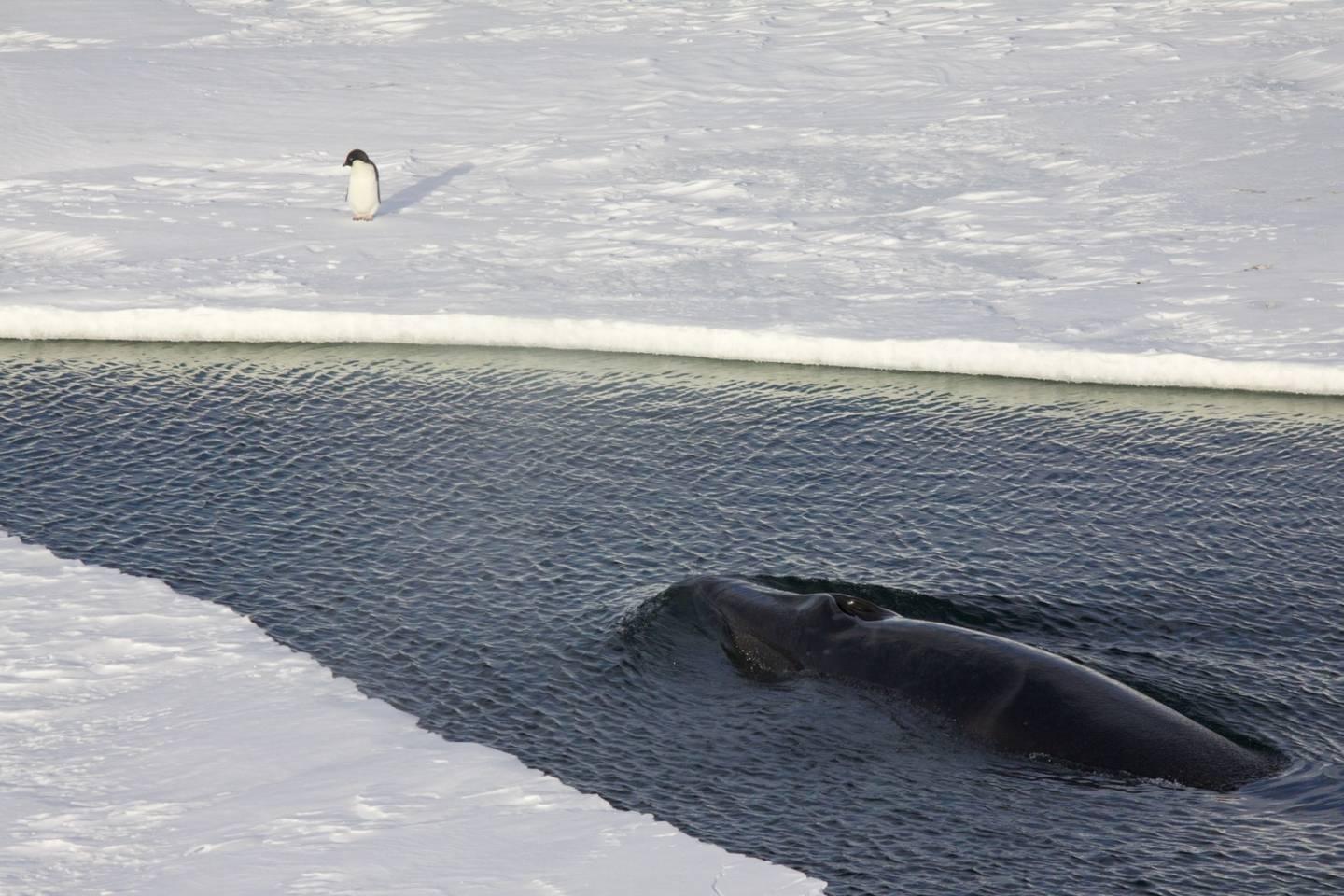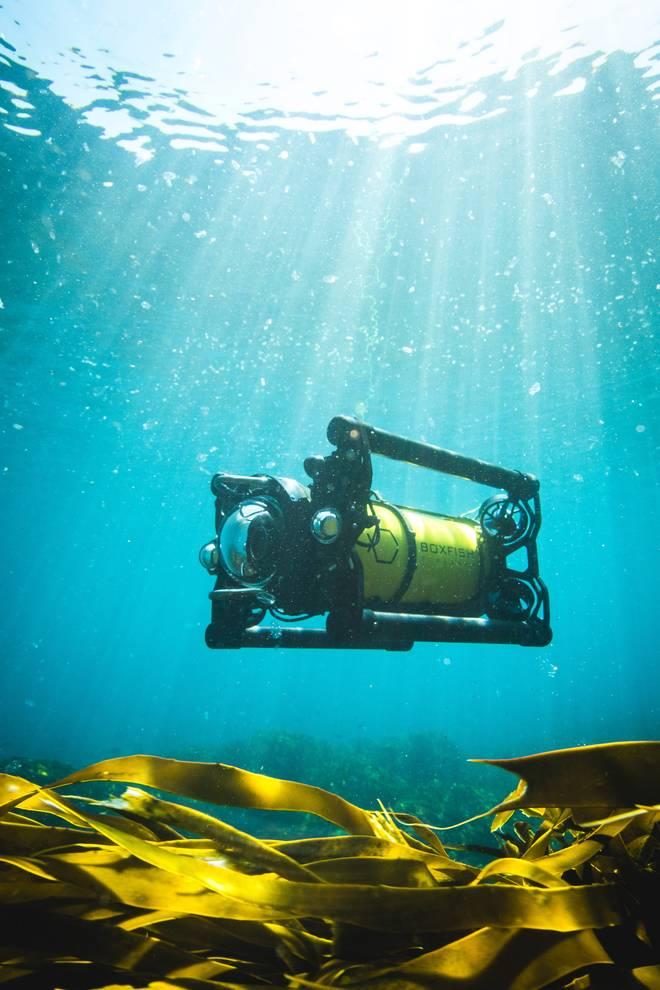The study, part of a long-running research programme supporting the recently-established Ross Sea region Marine Protected Area (MPA), focuses on two big mammals found at the far extremes of the Southern Ocean: the Antarctic minke whale and Type-C killer whale.
Being able to better understand these whales would tell us more about the health of the wider Ross Sea, one of the least impacted areas in the world's oceans, an important yardstick for measuring impacts elsewhere on the planet.
Scientists view it as one of the last chances we have to understand how an intact marine ecosystem works before it is modified by human endeavours.
"Because of their position as predators in the food web, we can use these whales as sentinels of the ecosystem," explained Dr. Regina Eisert, a comparative mammalian physiologist at the University of Canterbury.
"Monitoring how predator populations respond to changes in the environment integrates many drivers at once and is a much easier and cost-effective approach than trying to monitor krill or plankton abundance."
Searching for trends in a complex ecosystem subject to many drivers at once – among them, natural variation, climate changes, and fishing – is extremely challenging, requiring innovative approaches given the mix of potential factors at play.
"Ecosystems are so incredibly complicated and non-linear that, unless you have a good understanding of the mechanistic links among components, any data will be difficult or impossible to interpret," Eisert said.

The ice channel that's cut for access to the US-operated McMurdo Station in Antarctica is giving scientists an unprecedented look at whales that visit the area. Photo / Ben King
"One of the basic links we need to establish is, what do these whales actually eat?
"To understand ecology, it's good to focus on the four fundamental requirements animals have: food, space, sex and time – if we understand those four needs, then we can understand the causal relationship between species and their ecosystem."
Eisert was particularly interested in one of the prey species of Type-C killer whales: the large, high-fat Antarctic toothfish.
The Ross Sea region MPA was established in response to concerns over possible impacts of a commercial fishery for toothfish in the region.

An adelie penguin leaps from the water near the ice's edge. Photo / Ben King
Toothfish predators such as killer whales are first in line to be affected by a reduction in toothfish abundance, and for this reason, are named a focal species for research and monitoring in the Conservation Measure that established the MPA.
On the ice, Eisert and her team have picked a study site that would give her team "whales on tap".
This is the icebreaker channel, cut into the sea ice to allow ship resupply of the US-operated McMurdo research station and nearby Scott Base.
Whales use the channel as a highway deep into the frozen McMurdo Sound, giving researchers a unique platform for observing the whales up close.
But what makes this "whale highway" truly one of a kind for whale research is the clarity of the water, which is clear as vodka beneath the cover of sea ice.
With the channel acting as a bottleneck, Eisert's team will install at least four multimedia gates consisting of hydrophones and underwater video cameras to collect an unprecedented wealth of data on the whales.

The highlight of the study will be deployment of a remotely-operated underwater vehicle specially built by Kiwi start-up Boxfish. Photo / Supplied
Further, her team will collect photo-ID images and dart biopsies to determine diet and kinship.
But she said the real highlight will be deployment of a remotely-operated underwater vehicle specially built by Kiwi start-up Boxfish.
"Our equipment is designed to be used by real people in real situations – and there is no better way to test that than in the coldest, driest and windiest place on earth," Boxfish co-founder Ben King said, who is in Antarctica as part of the team.
A 360-degree spherical camera mounted on the Boxfish will be lowered off the edge of the ice, capturing footage from angles and depths – up to several hundred metres deep - that divers could never reach.
"We see the whales dive to depth and assume they are foraging," Eisert said.
"Obviously, they're not doing an underwater ballet down there, but I'd love to know what they are feeding on – and at what depth.
"This has never been done before in this part of Antarctica and we are very excited to learn more about the secret life of top predators."
The study, taking place this month, was supported by Antarctica New Zealand and a Pew Marine Conservation Fellowship to Eisert.
This article was originally published by the NZ Herald and was republished here with permission. Author Jamie Morton is a Science Reporter for the NZ Herald and is hosted at the Scott Base by Antarctica New Zealand.


Add the first post in this thread.